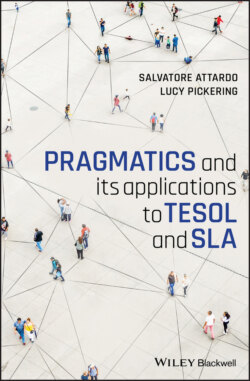Читать книгу Pragmatics and its Applications to TESOL and SLA - Salvatore Attardo - Страница 29
2.6 Does the Learner Have to Sound Exactly the Same as a Native Speaker?
ОглавлениеAs Bardovi-Harlig and Mahan-Taylor (2003, p. 38) note “the consequences of pragmatic differences, unlike the case of grammatical errors, are often interpreted on a social or personal level rather than as a result of the language learning process.” Does that mean in order not to be misunderstood, an L2 learner must copy the performance of a native speaker? For Bardovi-Harlig and Mahan-Taylor the answer is a clear no. They argue that “the goal of instruction in pragmatics is not to insist on conformity to a particular target-language norm, but rather to help learners become familiar with the range of pragmatic devices and practices in the target language” (p. 38). This may include the use of different but acceptable alternatives to pragmalinguistic formulae such as an L1 transfer of an expression of gratitude, for example, may God increase your bounty (Kasper, 1992, p. 14). Both Grosjean (2015) and Eslami-Rasekh (2005) argue that not all L2 learners wish to perform identically to native speakers and suggest that language practices may vary between individuals for a host of reasons that have little to do with underlying competence and more to do with identity construction and distinctiveness as bilingual and bicultural speakers (see also the discussion of resistance to pragmatic norms earlier). At the opposite end of the spectrum, Piller (2002) interviewed adult L2 learners who thrived on “passing” as native speakers and investigated the practices they typically employed in order to do so.
